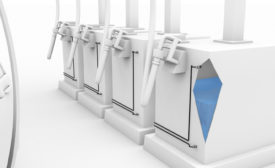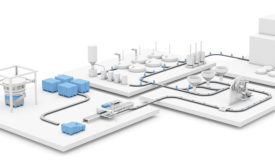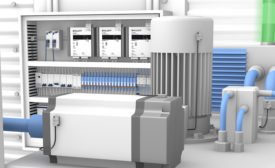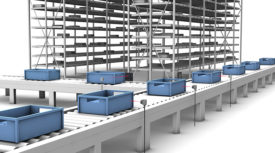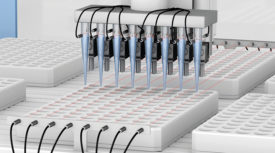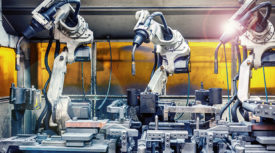Sensing Solutions
sponsored content
Condition Monitoring & Predictive Maintenance: Addressing Key Topics in Packaging
June 28, 2022
sponsored content
How IO-Link Sensors With Condition Monitoring Features Work With PLCs
June 28, 2022
sponsored content
Balluff Photoelectric R81K Series Delivers Reliable Detection Up to 20m
Bullnose Sensors Available in Retroreflective, Diffuse, Background Suppression and Through-Beam Styles
June 16, 2022
sponsored content
Optical Head Amplifiers From Balluff Offer IO-Link, Adjustable Speed Frequency
June 16, 2022
sponsored content
Tire Industry Automation: When a Photo-Eye Is Failing, Try an Ultrasonic Sensors
June 16, 2022
sponsored content
Condition Monitoring & Predictive Maintenance: Machine Failure Indicators & Detection Methods
June 1, 2022
Never miss the latest news and trends driving the manufacturing industry
Stay in the know on the latest assembly trends.
JOIN TODAY!Copyright ©2024. All Rights Reserved BNP Media.
Design, CMS, Hosting & Web Development :: ePublishing
